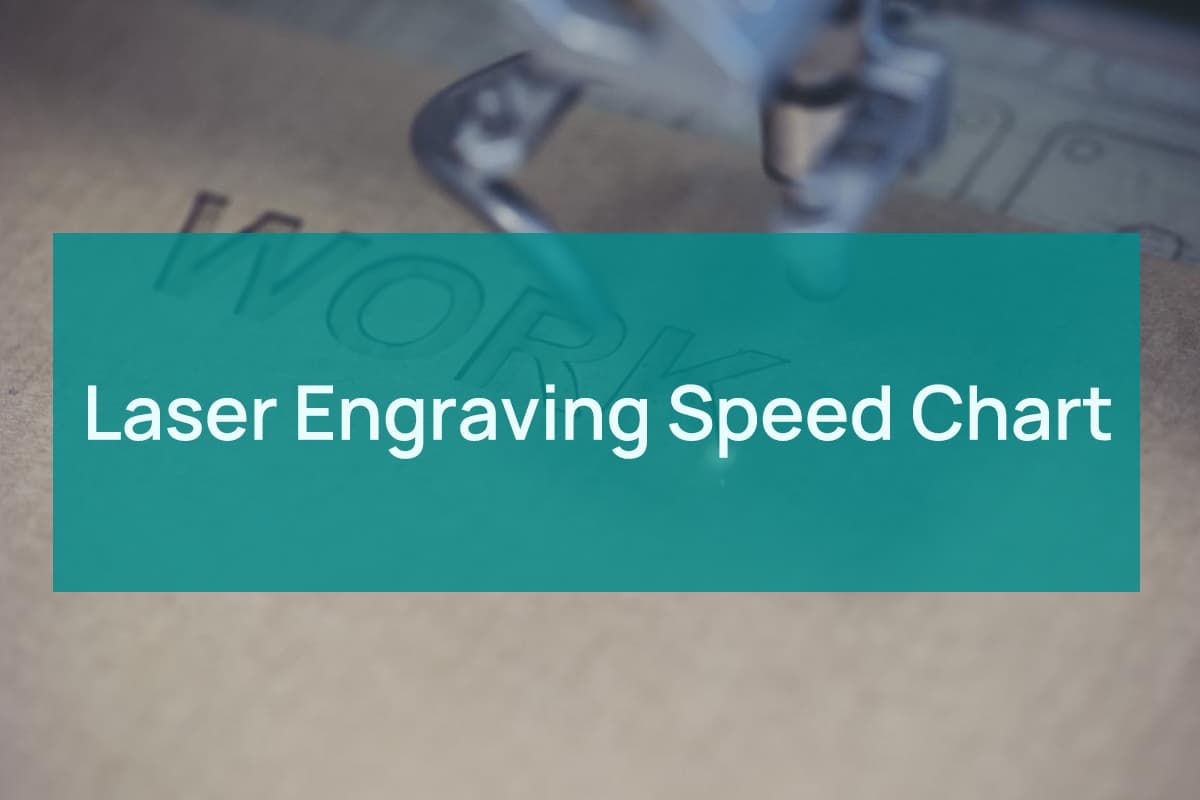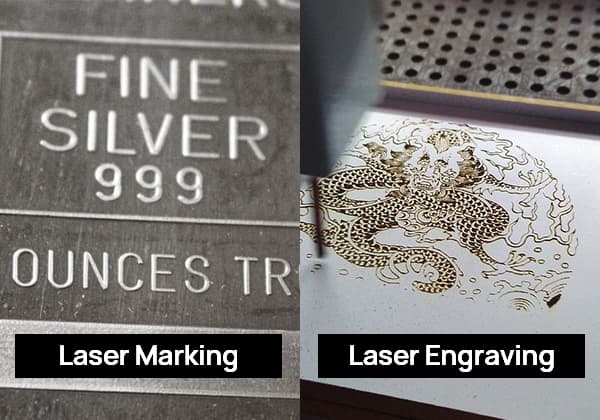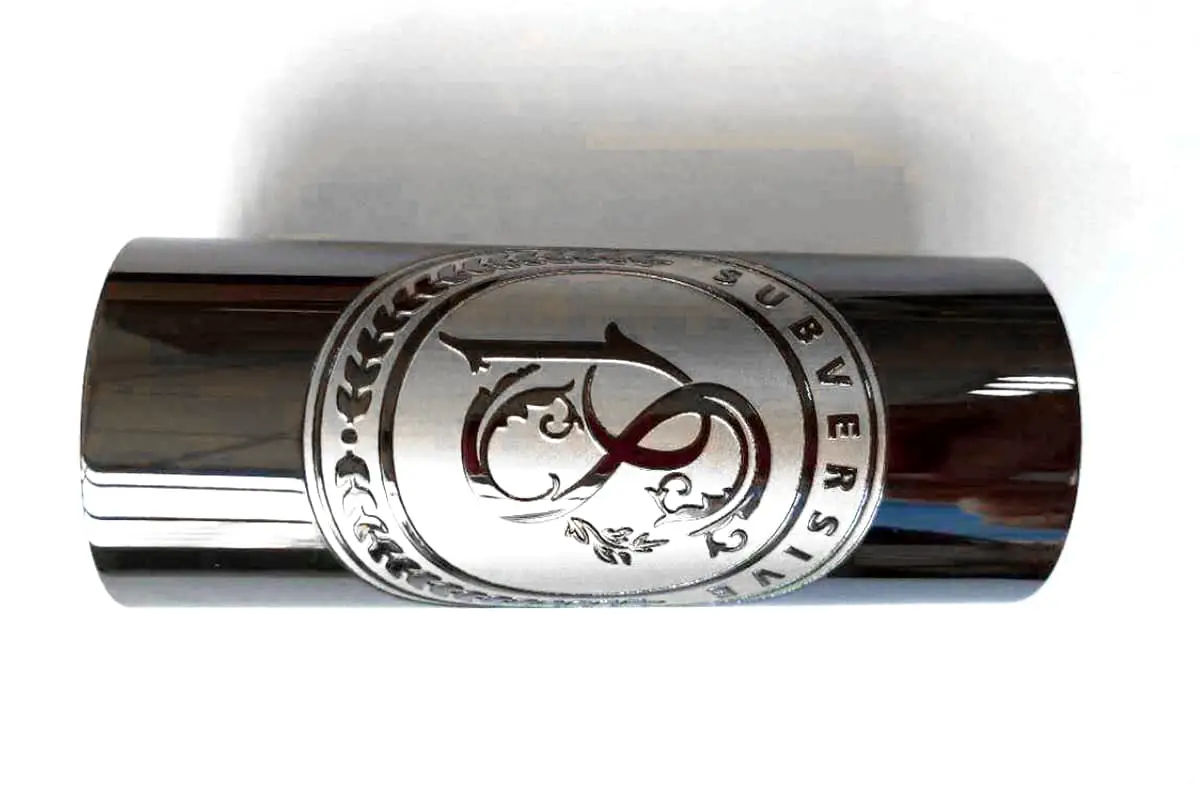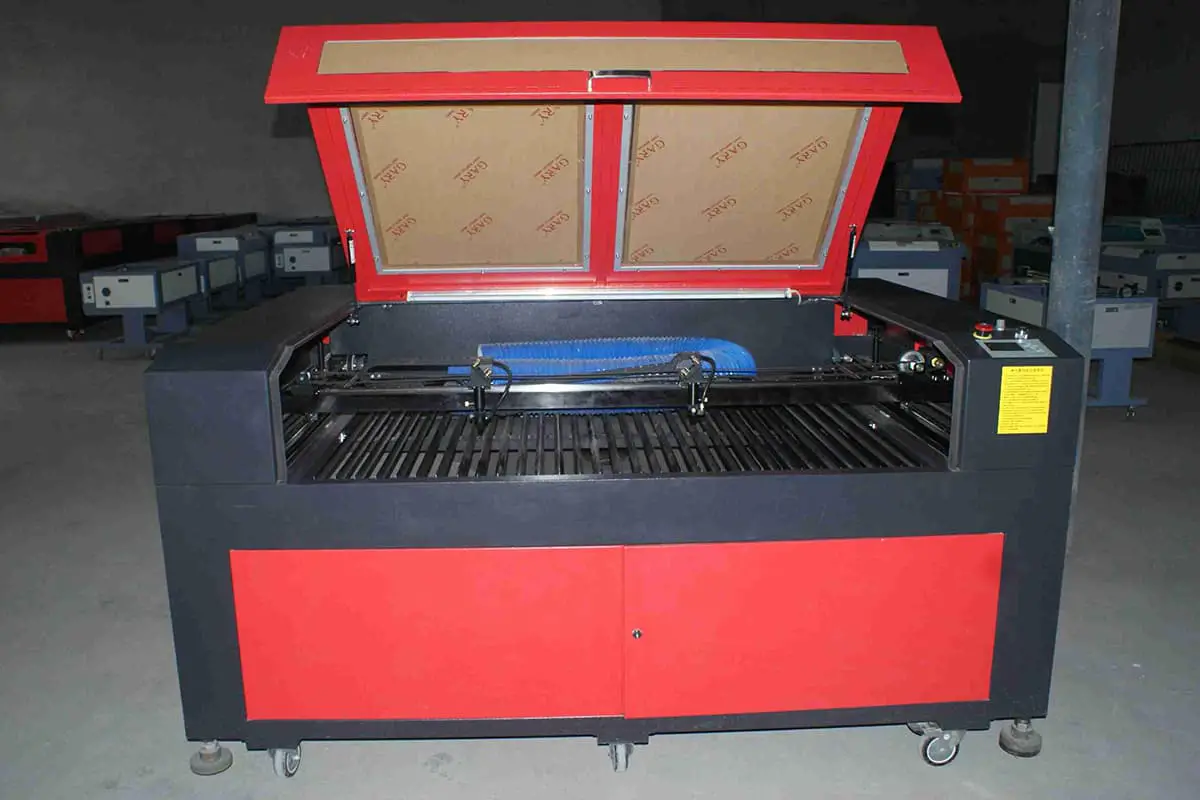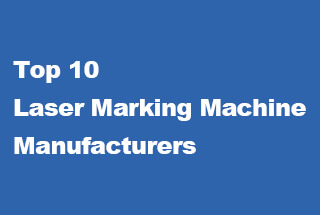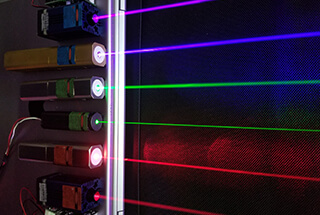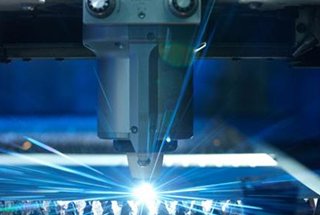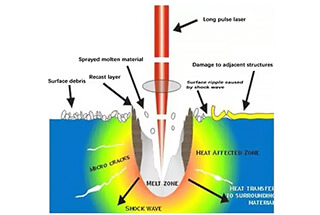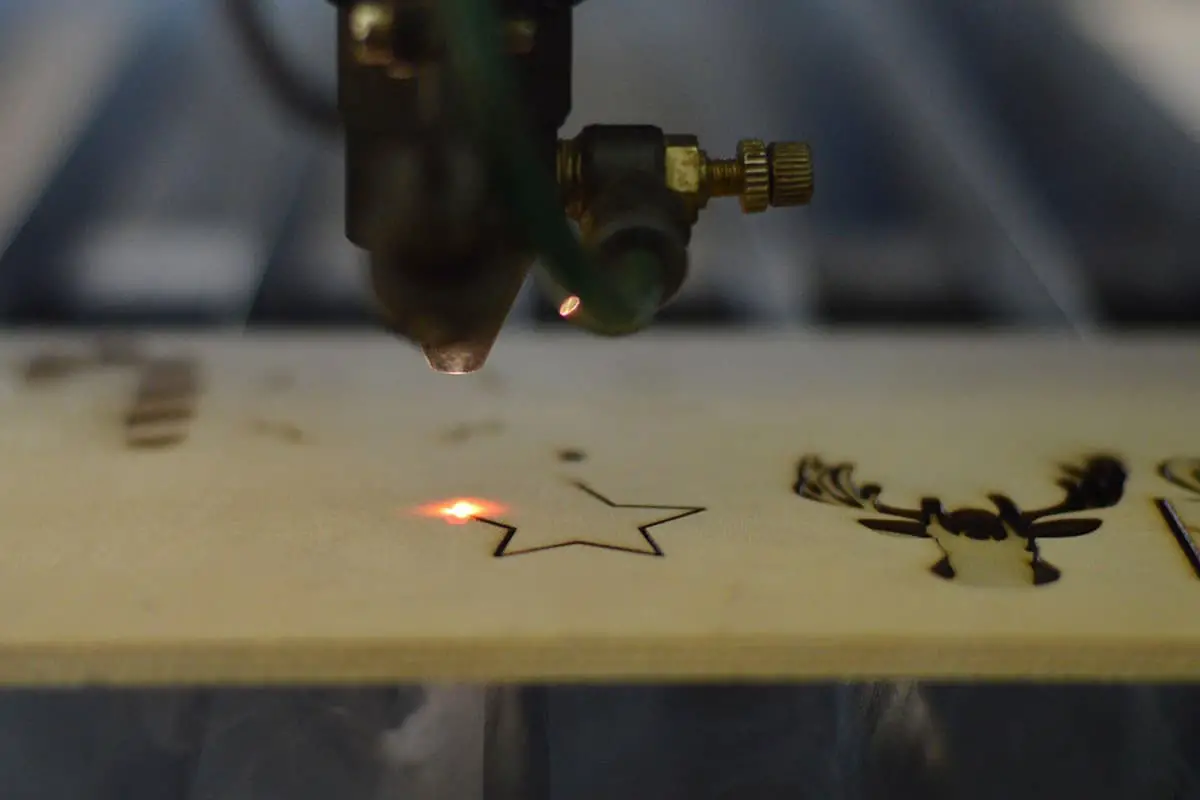
Have you ever wondered how intricate designs are engraved onto metal surfaces with pinpoint precision? Laser engraving technology revolutionizes this process by using concentrated laser beams to carve detailed patterns. This article explores the history, types, and applications of laser engraving, highlighting its impact on industries from manufacturing to printing. Dive in to discover how this technology enhances quality and efficiency, and what future advancements might bring.
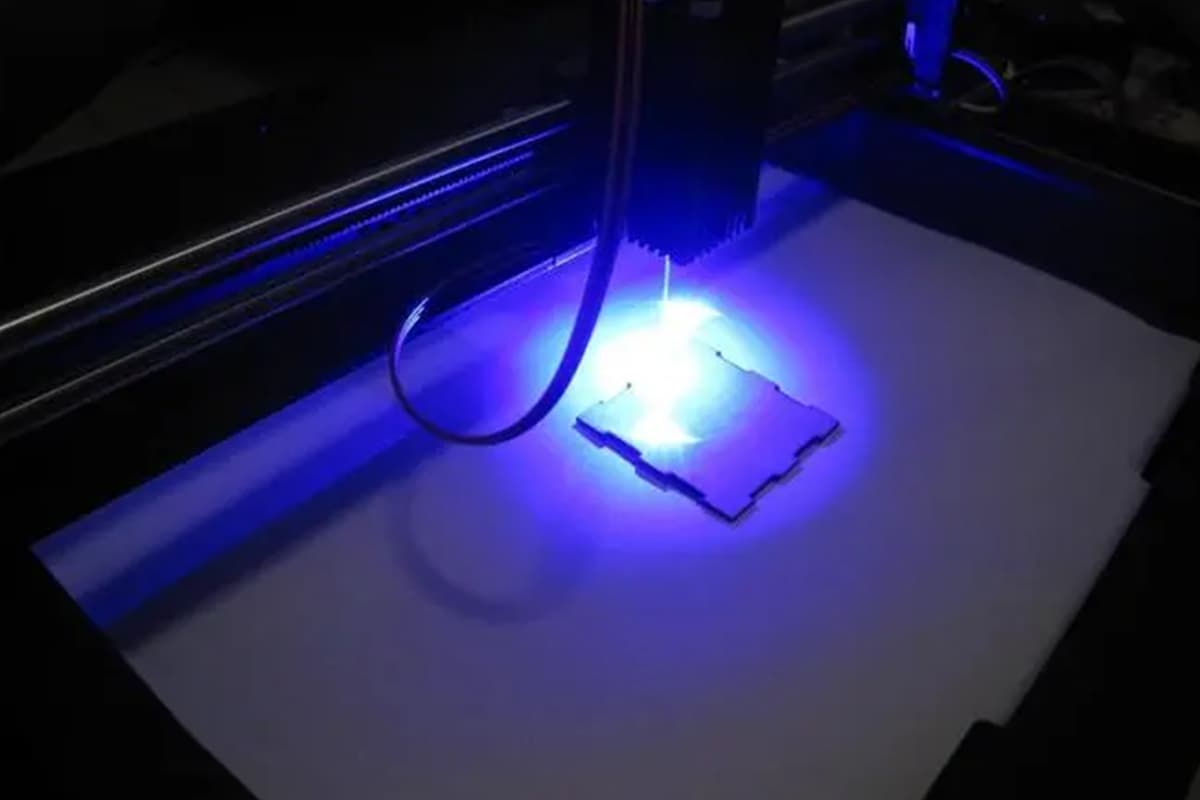
Since its introduction in 1960, laser technology has rapidly found applications in manufacturing. Subsequently, as the understanding of the underlying theory has deepened, various types of lasers have evolved, broadening their application range and progressively increasing their scale of use, leading to substantial societal and economic benefits.
As one of the high technologies, laser technology is a major hallmark of the scientific and technological advancements in the 20th century and forms an integral part of optoelectronics in the modern information society.

It not only garners high attention from technologically advanced nations but also from many developing countries, which invest heavily in it.
Since the 1980s, many governments have incorporated laser technology into their national development plans. For instance, the UK’s AWE, the US’s laser fusion program, and Japan’s five-year laser research plan.
The implementation of these plans has accelerated the development of laser technology, fostering a vibrant and emerging industry.
Simultaneously, the progression of laser technology has significantly propelled advancements and improvements across various technologies, disciplines, and levels of production, making a global impact.
Overseas, ceramic anilox rollers laser-engraved for flexographic printing have been in use for many years, with quality being the key to their success. Laser engraving machines can inscribe continuous, seamless patterns on printing cylinders.
However, for non-continuous patterns, the cost of laser-engraved plates and cylinders can be higher. While the long lifespan and high print quality of the plates and cylinders can offset the higher platemaking cost, this expense could still slow the development of laser engraving technology.
Currently, quality remains a crucial factor, but the focus has shifted towards productivity. Print shops demand high line-count anilox rollers with good engraving quality, which takes a considerable amount of time.
To increase quality and reduce costs, laser engraving technology needs to be improved, and the speed of laser engraving must be increased. Gratifying progress has been made in this regard.
In principle, it’s straightforward to use a laser to engrave a grid pattern on a roller coated with ceramic. The ceramic roller is placed on a lathe and rotated, a laser beam is focused on the roller’s surface, and the beam moves along the length of the roller, turning on and off continuously.
Consequently, the roller’s surface is filled with small holes. The size and pattern of the grid depend on many variable factors.
For rough grid engraving, like glue rollers, a slight improvement to the process is sufficient. However, engraving high-quality anilox rollers is a completely different story. Flexographic printing shops need anilox rollers that deliver consistent ink performance.
This means that the grid shape must be uniform, and volume variations should be minimized. The grid pattern also needs to be regular to ensure even ink transfer, especially when printing solid areas.
Laser engraving is a common technique in laser technology. There are three types of laser engraving: CO2 laser engraving, Nd: YAG laser engraving, and excimer laser engraving. Each of these laser engraving techniques has its unique characteristics and advantages, making them suitable for different application areas.
In the late 1970s, Buekley and Jenkins began developing laser-engraved anilox rollers. Prior to this, the majority were engraved using CO2 lasers with gas-based carbon dioxide as the laser medium.
CO2 laser-engraved anilox rollers have largely met the development needs of the flexographic printing industry, especially the packaging printing industry.
The successful application of laser-engraved ceramic anilox rollers in flexographic printing presses can be considered one of the key factors contributing to the rapid development of flexographic printing in recent years.
This has allowed flexography to compete with lithography and gravure printing. The CO2 laser engraving machine has undergone three stages of development:
The first generation of carbon dioxide laser engraving machines essentially used lasers as amplified scales of light pens, controlled by a foot switch, which could be employed to replicate calligraphy, curvilinear images, and portraits. The laser etches an image similar to the original on the workpiece. This is a simple, primitive CO2 laser engraver, low in cost.
The second generation of CO2 laser engravers is designed for engraving woodcut images, controlled by a single-chip machine to scan the light spot line by line on the XY platform. The laser is turned off at the bright parts of the original, and on at the dark parts, thus processing a black and white image.
The focus diameter of the laser is 0.4mm, and the black regions of the image are essentially composed of a series of lines 0.4mm wide and 2.2mm deep.
An image can be divided into 550 lines, and the read head can also perform synchronous scanning. The read head has a 0.4mm aperture, consisting of a semiconductor light tube and a receiving tube, which receives the reflected light of the image illuminated by the emission tube, and controls the switch of the CO2 laser after taking the threshold value via the single-chip machine.
The third generation of CO2 laser engravers replaces the single-chip with a personal computer in the control system, hence it is also known as a microcomputer-controlled CO2 laser engraver.
It uses a CCD camera to read in 512*512 pixels and their grayscale levels at once. The dithering method is used to convert 256 grayscale levels into the black dot density of the area, greatly compressing the information capacity, overcoming the brightness and grayscale levels of the image, solving the problem of image enlargement and reduction, and completing the reading of three-dimensional and large-scale images as well as the storage and processing of multiple image information.
Efforts are constantly being made to improve the quality of laser-engraved ceramic anilox rollers, so that the quality of flexographic printing products can catch up with or even surpass offset and gravure printing.
Therefore, by improving plate-making precision, strictly requiring the fineness (line number) and ink storage capacity of ceramic anilox rollers, after several years of exploration and effort, Nd: YAG laser-engraved ceramic anilox rollers were finally launched around 1996.
Nd: YAG lasers are made by doping the yttrium aluminum garnet (Y3AL3O12) substrate with neodymium oxide (Nd2O3). The activated ions are also neodymium ions, with an output wavelength of 1.06um.
Due to Nd: YAG’s narrow fluorescence spectral line, high quantum efficiency, and good thermal conductivity, it is the only solid-state laser capable of continuous operation among the three types of solid-state lasers, and is commonly used in laser thermal processing.
The excimer laser is a high-power, high-efficiency ultraviolet laser. It plays an important role in the microfabrication of ceramics, polymers, and other materials due to its many characteristics. With the continuous growth of microfabrication and high-precision demands, since the advent of the excimer laser, it has been highly valued by countries around the world.
The Eureka Plan of the European Community (EREKA), the Advanced Manufacturing and Mechatronics Towards the 21st Century (AMMTRI) of the Japanese government, as well as China’s 863 Program and Super 863 Program, all prioritize the development of excimer lasers, which has progressed rapidly.
The mechanism of excimer laser engraving: Excimer laser etching is a direct photochemical process on materials. The mechanism by which the excimer laser interacts with the processed material is called ablation, including photo-induced bond breaking and product explosion.
When the energy of the excimer laser photon is greater than the chemical bond energy of the polymer, the chemical bond is broken, the specific volume of a small area on the material surface suddenly increases, and when the bond breakage rate exceeds a certain threshold, the surface fragments peel off, completing the etching.
The advent and evolution of excimer lasers have provided powerful tools for a broad range of industrial applications and scientific research.
Given their wavelength in the ultraviolet and deep ultraviolet spectrum, high pulse energy and photon energy, high repetition rate, and narrow pulse width, most metals and non-metals strongly absorb ultraviolet light. This absorption enables excimer lasers to accomplish tasks that other laser heat treatments can’t, thereby expanding the application range of laser processing.
As the stability and reliability of excimer lasers have improved in recent years, they have found wide-ranging applications in biomedical science, materials science, microfabrication, and photochemistry.
Upon analysis, it is evident that YAG lasers excel in the processing of metallic materials, while CO2 lasers are superior for non-metallic materials. Excimer lasers, on the other hand, have an advantage in microfabrication and high-precision tasks.
The use of Nd: YAG laser engraving technology in the production of flexographic printing rollers has significantly enhanced the performance of engraved products and spurred advancements in laser engraving technology itself. As the technology in this area continues to mature, we anticipate even greater achievements in the future.
Looking at the current state of global laser engraving technology, CO2 laser engraving, YAG laser engraving, and excimer laser engraving each demonstrate their unique strengths as well as certain shortcomings.
The coordinated operation of these three processing methods, expanding product variety, and enhancing the performance of engraved products, are undoubtedly the best choices for current laser engraving processing of ceramic anilox rollers.
Therefore, suppliers of laser engraving equipment typically provide both CO2 and YAG lasers in their packages, while high-precision engraving should utilize excimer lasers. Excimer laser engraving processing is the primary research direction for high-precision fabrication.

